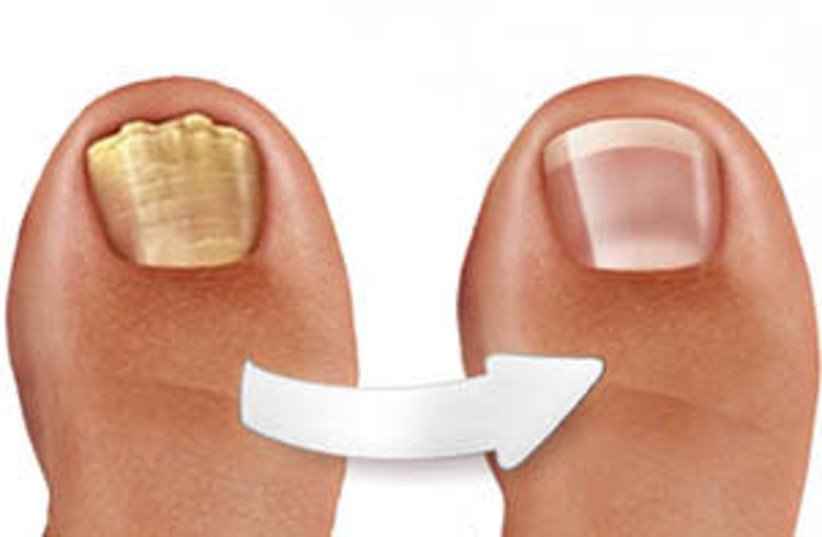Summer and the long-awaited vacation season have arrived, and many people enjoy spending their days swimming and lounging by the pool.
Walking barefoot around the pool may seem like the most fun and comfortable option, especially for children, but foot health experts strongly advise against it.
The reason is simple: you could end up with a fungal nail infection that not only ruins your vacation but also persists for months afterward.
Why are swimming pools filled with health hazards?
Swimming pools and other damp areas are breeding grounds for fungi that can cause infections in the feet and toenails. In a new recent research by foot care brand Excilor indicates that 25% of Brits suffer from nail fungus, yet only 11% are aware of the causes behind it. Astonishingly, 89% of individuals surveyed confessed to having no knowledge of what a fungal nail infection even entails.
Fungal infections can manifest as yellowing and thickening of the nails. They may also cause the nails to crack, break, or lift up.
According to Excilor, toenail fungus can significantly impact your daily life, leading to discomfort, pain, and embarrassment when wearing open-toed shoes like flip-flops or sandals. In the Excilor study, 52% of participants identified pain as the most distressing aspect of toenail fungus, while 32% expressed feelings of shame.
Disturbingly, over half of the respondents (57%) admitted to ceasing the use of open-toed footwear due to the presence of fungus, and 56% reported refraining from swimming or exercising.
General practitioner and foot specialist Dr. Gil Jenkins explained, "Toenail fungal infections are notorious. They are difficult to eliminate without treatment and can cause pain, swelling, and itching. These painful symptoms often impede sufferers' daily lives and make it challenging for them to engage in regular activities. Not only does foot soreness prevent exercise, but it can also disrupt sleep."
Among the individuals surveyed by Excilor who suffered from fungal nail infections:
- 36% experienced nail hardening and thickening.
- 36% reported finger pain.
- 36% had reddish skin around the nail.
- 30% observed pus.
- 23% dealt with nail separation.
Dr. Jenkins emphasized the importance of early treatment if you suspect a fungal infection. Touching your feet and subsequently touching other parts of your body can spread the fungus to other areas and potentially infect others.
Pharmacist Noel Wicks has warned that untreated infections may lead to complications such as permanent nail loss, recurring outbreaks, and, in severe cases, systemic infection or bloodstream invasion. Additionally, he noted that fungal nail infections can persist for years if left untreated. Individuals with diabetes, of which there are five million in the UK, should be especially cautious, as nail infections can lead to serious health issues like foot ulcers.
Dr. Jenkins recommended purchasing an anti-fungal cream from a pharmacy to treat the fungus. If there is no improvement, seeking medical attention is advisable. Complete healing may take anywhere from three months to a year.
Dr. Jenkins also shared prevention tips, including keeping nails clean, regularly trimming them, avoiding shoes that cause excessive sweating, and refraining from sharing towels, bedding, socks, or shoes with others.

